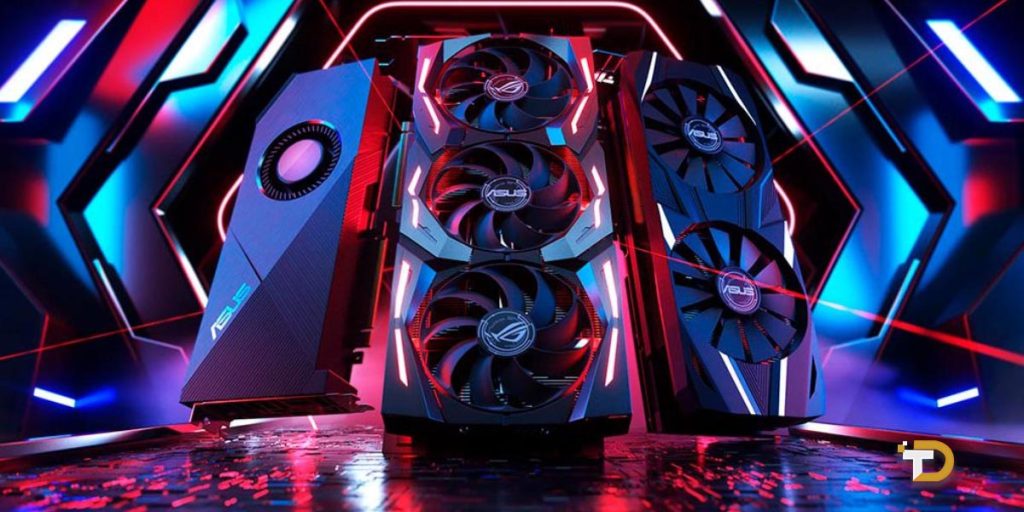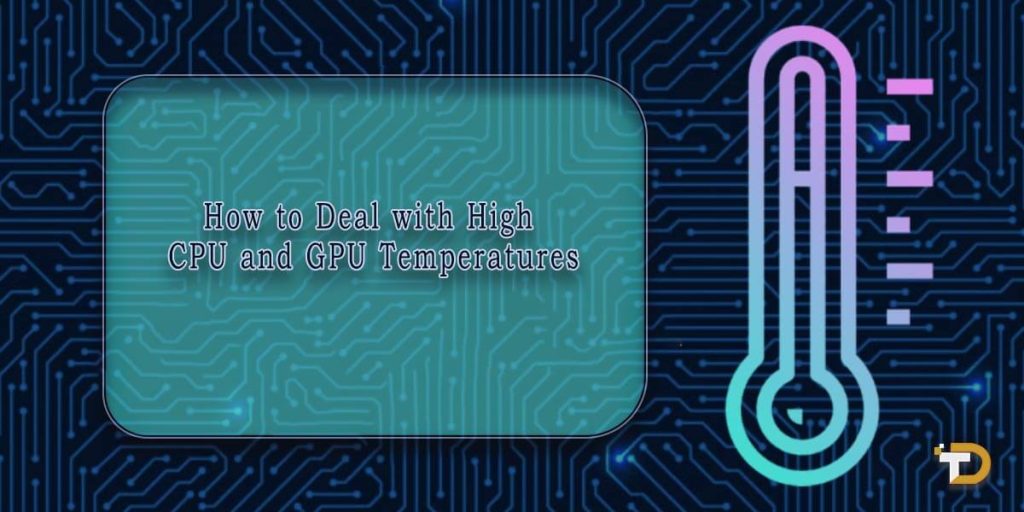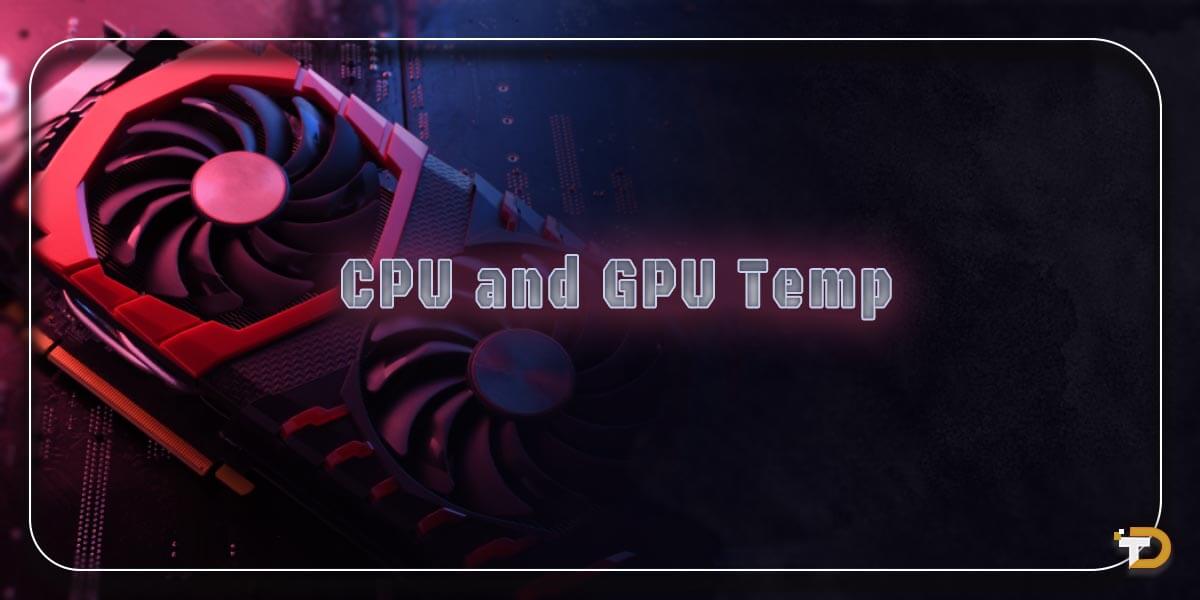In-Game CPU and GPU Temp: A Comprehensive Guide
As gamers, we want to ensure our systems run as efficiently as possible to maximize performance and longevity. The CPU and GPU are two of the most important components to monitor, as high temperatures can negatively impact both. This article will comprehensively cover everything you need to know about monitoring and managing CPU and GPU temp while gaming.
We’ll start by explaining what constitutes a normal temperature range for the CPU and GPU during gaming. From there, we’ll explore various factors that can influence temperatures and discuss ways to track them in real time. We’ll also provide tips on dealing with high temperatures by optimizing cooling solutions and other methods. By the end, you’ll thoroughly understand optimal temperature thresholds and how to keep your precious hardware running cool.
What is Considered a Normal Temperature Range?
Let’s begin by establishing the typical temperature ranges considered safe for the CPU and GPU during gaming. Knowing the normal thresholds will help determine if your components require optimization.
CPU Temperature Range
Most CPUs are designed to operate safely between 0-100°C (32-212°F). However, you’ll want to keep your CPU below 80°C (176°F) during gaming for optimal performance and longevity. Temperatures in the 70-75°C (158-167°F) range are quite common under load. Higher-end CPUs may hit the upper limits of this range depending on the game and workload.
GPU Temperature Range
Graphics cards have a maximum threshold of around 95°C (203°F), though most will throttle performance to avoid exceeding this. For optimal stability and lifespan, you should keep your GPU below 85°C (185°F) during gaming. The 75-80°C (167-176°F) range is usually acceptable.
As you can see, maintaining CPU and GPU temp below 80°C is ideal. Now that we’ve established the baseline let’s explore factors that influence temperatures and how to monitor them effectively.
Factors Impacting CPU and GPU Temp

Several variables can cause your components to run hotter than expected during gaming. Understanding these factors is important for troubleshooting potential overheating issues.
Dust Buildup
Dust is one of the biggest enemies of good cooling. Over time, dust clogs heatsinks and fans, reducing airflow and raising temperatures. Regular cleaning helps prevent this.
Poor Cable Management
Cables obstructing fan intakes or blocking vents restrict airflow, overworking your cooling solutions. Proper cable routing avoids unnecessary temperature increases.
Lack of Case Fans
Insufficient case fans result in poor internal airflow. Most builds benefit from 2-4 case fans for optimum cooling performance.
High Ambient Temperatures
On hot days, your room temperature directly influences internal component temperatures. Cooler ambient conditions allow for better heat dissipation.
Thermal Paste Application
Using improper amounts or applying thermal paste incorrectly results in poor contact and higher temps. Ensure your thermal paste job is done right.
Overclocking
Aggressive overclocks generate more heat. Overclocking also voids factory temperature thresholds. Proper cooling is essential when pushing your hardware.
These are the most common factors that can cause your CPU and GPU to run hotter than expected during gaming. Monitoring and optimizing are key to ensuring temperatures stay in check.
How to Monitor CPU and GPU Temperatures While Gaming
Now that we understand normal temperature thresholds and influencing factors, let’s discuss how to monitor your CPU and GPU temps in real-time:
- Use the Task Manager: Right-click the taskbar and select Task Manager. The Performance tab displays the current CPU and GPU temperatures.
- Use Hardware Monitoring Software: Popular free options like MSI Afterburner and CPUID HWMonitor provide temperature readouts. These often have optional on-screen displays as well.
- Check-in BIOS/UEFI: Entering the BIOS lets you view the current CPU temperature before Windows loads. Some manufacturers also display the GPU temperature.
- Rely on Pre-Installed Tools: Many motherboards and graphics cards have monitoring software like Armoury Crate or NVIDIA System Monitor.
- Check Manufacturer Websites: CPU and GPU manufacturers sometimes provide tools like Intel Extreme Tuning Utility for monitoring via download.
Monitoring temps on the fly helps you determine if optimization is needed to maintain safe operating thresholds. This ensures your components are performing as efficiently as possible.
How to Deal with High CPU and GPU Temperatures

If your temperatures are running higher than the recommended ranges during gaming, there are several steps you can take to remedy the situation:
- Clean Out Dust Buildup: Use compressed air to remove dust from heatsinks and fans. Dust is one of the biggest culprits of poor cooling.
- Improve Airflow: Optimize case fan placement and speeds. Adding additional fans where needed enhances ventilation. Proper cable management also helps.
- Apply New Thermal Paste: Old or improperly applied thermal paste loses effectiveness over time. Re-pasting the CPU/GPU can lower temps by several degrees.
- Undervolt or Downclock: Lowering CPU/GPU voltages and frequencies via software like MSI Afterburner reduces thermal loads and associated heat.
- Invest in Better Cooling: Upgrading to high-performance air/liquid coolers with larger heatsinks and fans improves overall cooling capacity.
- Monitor Ambient Temps: Using A/C or a fan helps regulate the room temperature and your components on hot days.
- Limit Overclocking: Aggressive overclocks push components to their thermal limits. Dialing it back prevents unnecessary overheating.
You can ensure safe operating temperatures for your valuable CPU and GPU with diligent monitoring, optimization, and potential hardware upgrades.
Read More: Gaming Gadgets and Accessories: Enhancing Your Gaming Experience
Conclusion
By diligently applying the techniques discussed here, you can confidently monitor in-game CPU and GPU temp. Always ensuring your components stay within the recommended temperature thresholds will allow your system to perform at its best for many years of gaming enjoyment. Feel free to refer to this guide for tips on maintaining optimal cooling performance or troubleshooting potential overheating issues. With proper temperature management, you can rest assured your valuable CPU and GPU components are performing efficiently and will continue powering your gaming adventures for the long haul.





